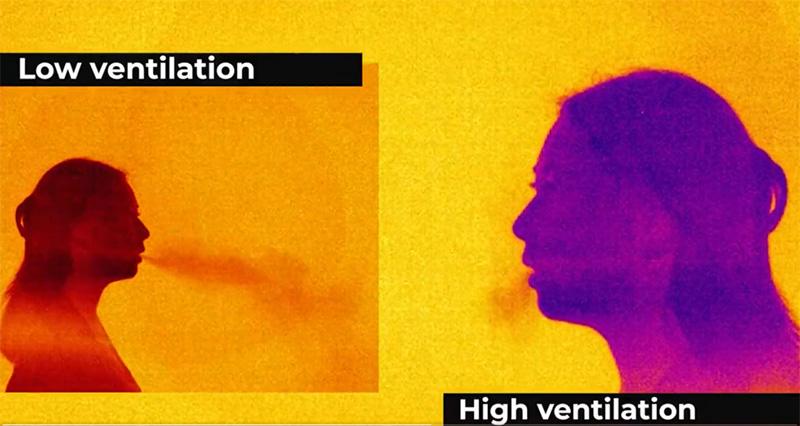Source: BRANZ
The newly established Indoor Air Quality Research Centre (IAQRC) brings together expertise from seven leading research organisations. It aims to increase public awareness of indoor pollutants, and related health outcomes, and to advocate for improved indoor air quality in Aotearoa New Zealand.
The IAQRC comprises a multi-disciplinary team with specialist indoor air quality research expertise. It includes researchers from BRANZ, GNS Science, Massey University, NIWA, University of Otago, Victoria University of Wellington, and the University of Canterbury.
The mission of the IAQRC is to advance the understanding of indoor air quality in New Zealand by co-ordinating research, and sharing knowledge and resources. It also aims to provide practical advice to the public to improve indoor air quality, including mitigating the transmission of Covid-19 indoors.
"Covid-19 can spread on air currents but good ventilation can quickly remove particles carrying it. Its spread can be minimised by bringing as much fresh air as possible indoors, as recommended by the IAQRC," says IAQRC member and BRANZ Principal Scientist Dr Manfred Plagmann.
"Opening several windows on more than one side of a room can create a cross-draft that will exchange air in the room with fresh air in about 10 minutes," he says.
Over the last few months IAQRC members have provided advice to Government organisations on how to reduce the risk of Covid-19 transmission indoors and improve air quality in public buildings.
There are many other sources of in-home air pollution. Some of these, such as wood-smoke from fires, stoves and log-burners, are more obvious than others, such as chemical vapour from furniture.
"To understand how we can reduce health risks associated with poor indoor air quality, we first need to understand what pollutants people are being exposed to in their homes, schools and workplaces.
"We look forward to providing more practical solutions to help New Zealanders improve indoor air quality while advancing our collective understanding of indoor air pollutant risks," says Dr Plagmann.
The IAQRC encourages researchers, businesses and members of the public to visit its website, which is a repository of the latest research and independent advice on how to improve indoor air quality.
The IAQRC welcomes interested researchers to join the centre. https://iaq.org.nz/
IAQRC Members (in alphabetical order)
Dr Julie Bennett (University of Otago), Dr Mikael Boulic (Massey University), Dr Guy Coulson (NIWA), Dr Perry Davy (GNS Science), Professor Mark Jermy (Canterbury University), Dr Mark Jones (BRANZ), Dr Ian Longley (NIWA), Dr Bill Trompetter (GNS Science), Professor Robyn Phipps (Victoria University of Wellington), Dr Manfred Plagmann (BRANZ), Dr Caroline Shorter (University of Otago), Anna Walsh (BRANZ).






